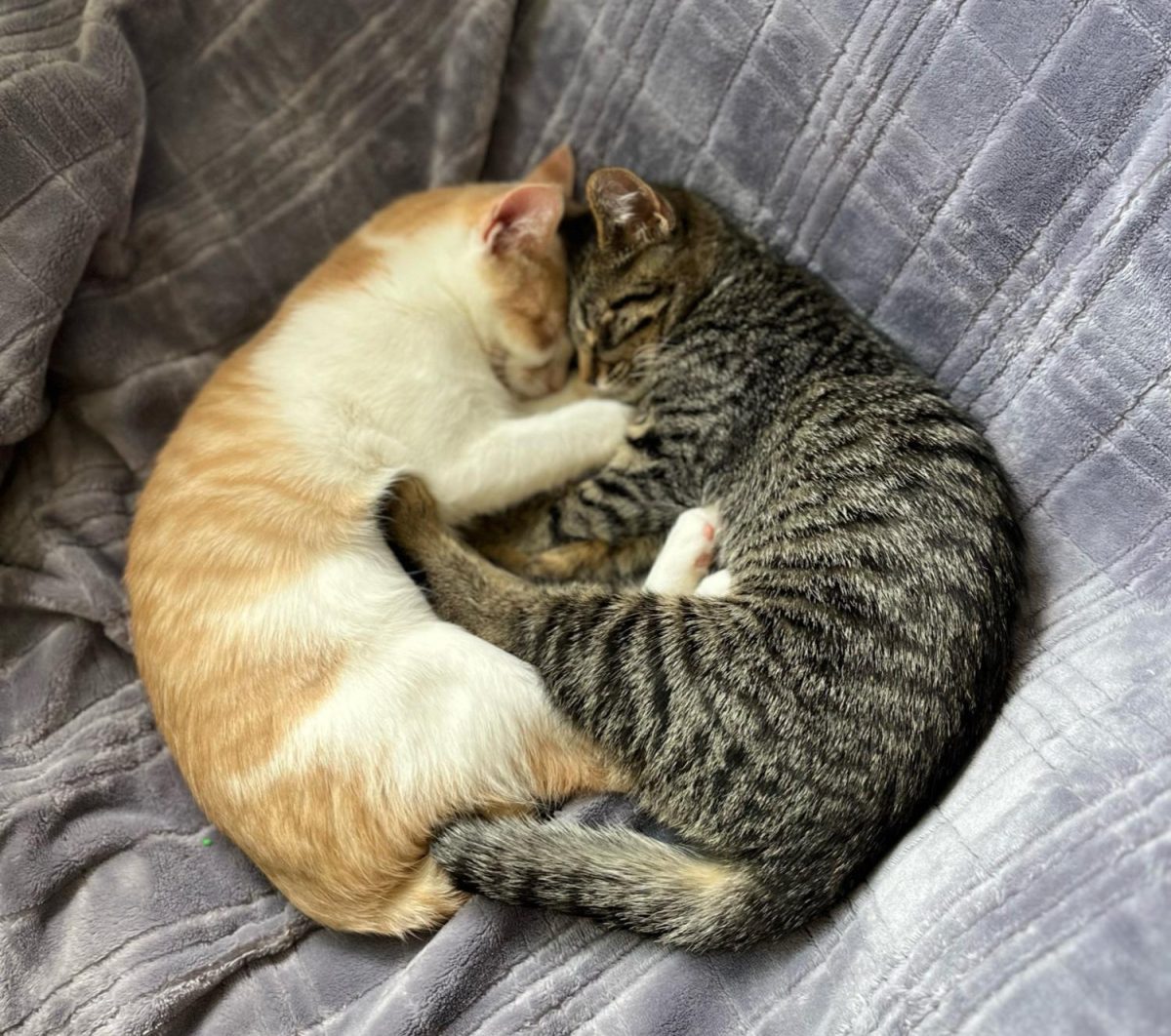As the seasons of the year change, so does fashion amongst teenage girls. And as fashion changes at Granite Bay High School, dress code issues are quick to follow.
Although often unpopular with students, many high schools across the country place a system of rules regulating the type of clothing that is to be allowed on campus during school hours.
Along with every other high school in the Roseville Joint Unified High School District, Granite Bay High School has its very own “dress code,” describing what is not allowed to be worn amongst students.
“You will see that (the dress code policies) are very similar,” Melani Anvari, a GBHS administrator, expressed while comparing high school dress code policies. Anvari, being a key player in dress coding girls and enforcing the dress code, was not hesitant to share the school’s policies.
“(The dress code) is direct from page 19 of the Student Handbook as found on the GBHS website,” Anvari said.
Although the GBHS dress code gives a very thorough break down of each and every policy regarding the apparel of students, many still see it as being either quite vague or very extreme.
“The dress code really irritates me,” senior Lauren McCormick said. “It causes girls, especially, to become more self-conscious of what they wear and of their bodies.”
McCormick said she understands that the administration needs to set some regulations, yet she still believes it creates conflict under the surface.
“Dress codes ultimately make girls hypersensitive to the clothes they wear,” McCormick said.
Even though the dress code policies seem to be explicit and easy to access, students seem to be quite ignorant to the exact articles of clothing the administration penalizes.
“As far as I know, girls get dress coded for kind of random things,” McCormick said. “For example, I got dress coded for wearing an off the shoulder shirt, and then I saw at least five different girls wearing one the same day, and they didn’t get dress coded. Some administrators are more strict than others, so our dress code is kind of scattered.”
Little do many students know, the specific dress code actually doesn’t exploit off-the-shoulder shirts, but instead states: “shirts and tops must cover the entire torso, including chest, back and midriff. Strapless dress and tube tops, halter-tops, back-less tops, cleavage bearing tops, half shirts and muscle shirts are not appropriate.”
But the question is … what is deemed as “appropriate?”
“Based off what I’ve seen (and) heard, girls mostly get dress coded for short shorts, bra straps showing or shirts being too revealing,’” junior Katie Hartmeier said.
Like McCormick, Hartmeier is not getting the true understanding for the dress code policies, therefore leading her to wear compromisable clothing without knowing. Bra straps, also identified as spaghetti straps or tank tops, are not stated to be ‘dress-codable’ by GBHS, yet many girls are getting dress coded for them.
Not only does Hartmeier think that the dress code is a little confusing as well as extreme, she also believes that it is gender biased.
“Girls shouldn’t be dress coded for their shoulders or bra straps showing,” Hartmeier said. “It’s not fair to sexualize things girls can’t control and force them to feel bad about their outfit choices just because boys supposedly ‘can’t handle’ their shoulders showing or ‘get distracted.’”
Some students think new rules ought to be made regarding the dress code if the administration wants there to be any change in the way people dress, because it’s clear there is much confusion amongst students. Many students believe that the school’s major reason for the implementation of dress code policies is that girls’ outfits ultimately distract from the education of their male peers. If the generalization applied to both sexes, then the administration would be dress coding boys for their muscle tees and v-neck tops as well.
“I don’t think how people dress affects learning at all,” Hartmeier said. “No teacher or (administrator) should be able to tell you that you need to change.”















